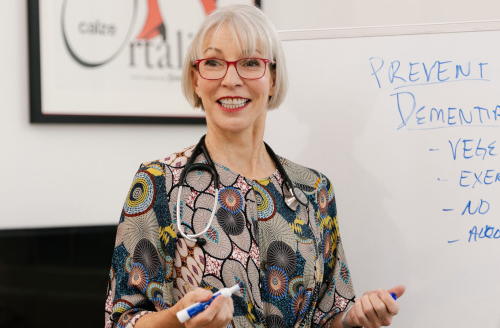 Imagine this scenario: An elderly woman is found on the floor. She’s unresponsive, unconscious. A neighbor calls 911. In a few minutes, the EMTs arrive with an ambulance. How do they know the woman’s medical history? How do they know her wishes when it comes to life-sustaining treatments such as breathing tubes and cardiac arrest defibrillator paddles? How do they even know her doctor’s name?
Imagine this scenario: An elderly woman is found on the floor. She’s unresponsive, unconscious. A neighbor calls 911. In a few minutes, the EMTs arrive with an ambulance. How do they know the woman’s medical history? How do they know her wishes when it comes to life-sustaining treatments such as breathing tubes and cardiac arrest defibrillator paddles? How do they even know her doctor’s name?
It would be great if a physician could oversee every incident like, but alas, costs and schedules make that impossible. So what do you do?
California has a form that can smooth the way if an elder is unconscious. It’s called “Physician’s Orders for Life-Sustaining Treatment” (POLST). You can find a template for the form here, POLST California http://capolst.org/ and an interesting video from the California Healthcare Foundation http://www.chcf.org/projects/2013/polst
The form is concise and addresses the patient’s wishes (as long as the document reflects those wishes!). It will let caregivers know if the patient wants resuscitation, if they should have a feeding tube, or if they should go to the hospital for concerning symptoms. I would advise all elders to have this form. When their mind is clear, they can spell out their wishes. That gives them peace of mind that their wishes will be respected if and when they cannot communicate.
Elizabeth Landsverk, MD
Board Certified in Internal Medicine, Geriatrics
and Palliative Care Medicine

Elizabeth (Dr Liz) has over twenty years of experience in providing medical care to the elders. She is board-certified in Internal Medicine, Geriatric Medicine and Palliative Care Medicine. Dr Landsverk founded ElderConsult Geriatric Medicine, a house calls practice, to address the challenging medical and behavioral issues often facing older patients and their families.
